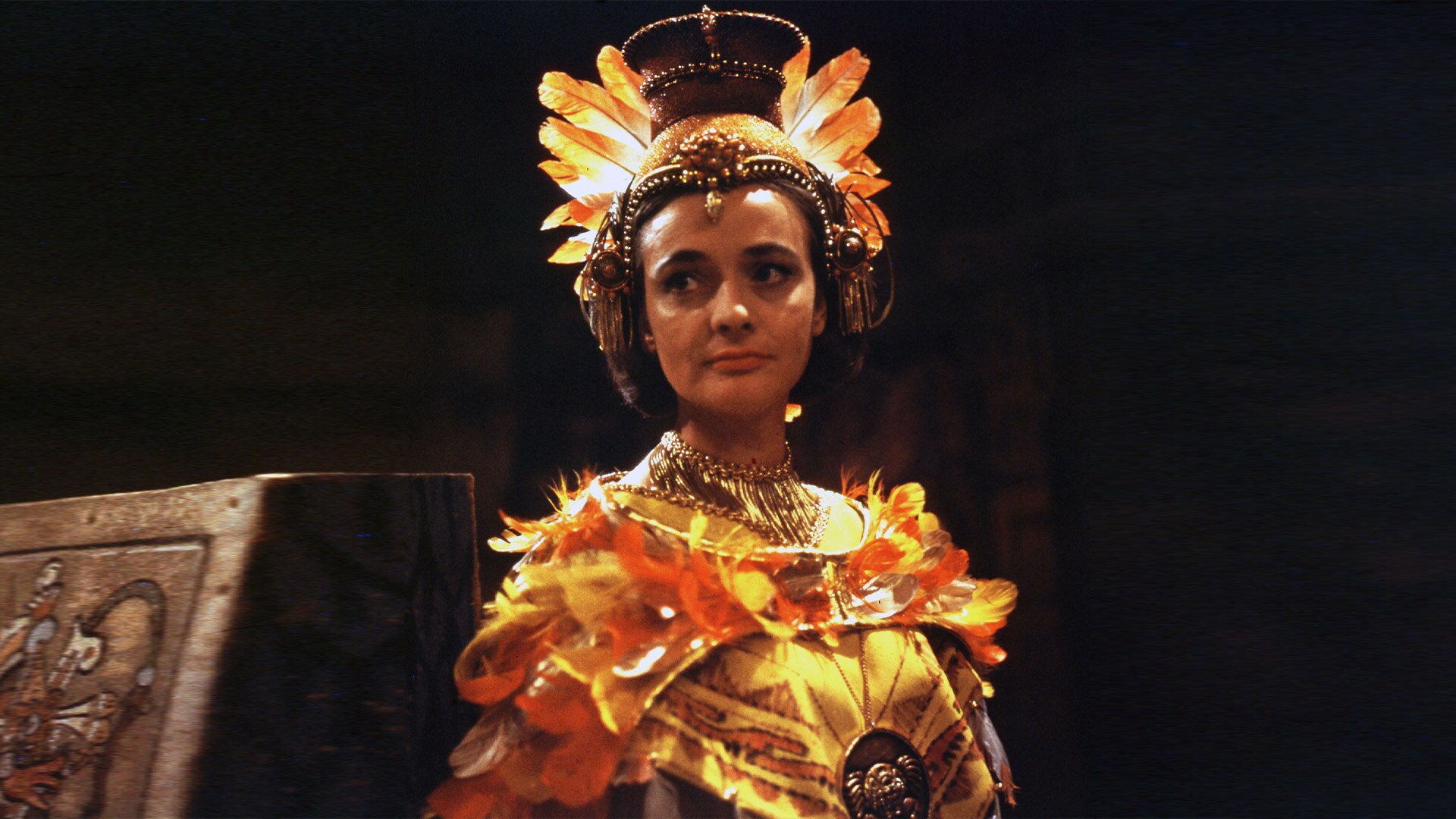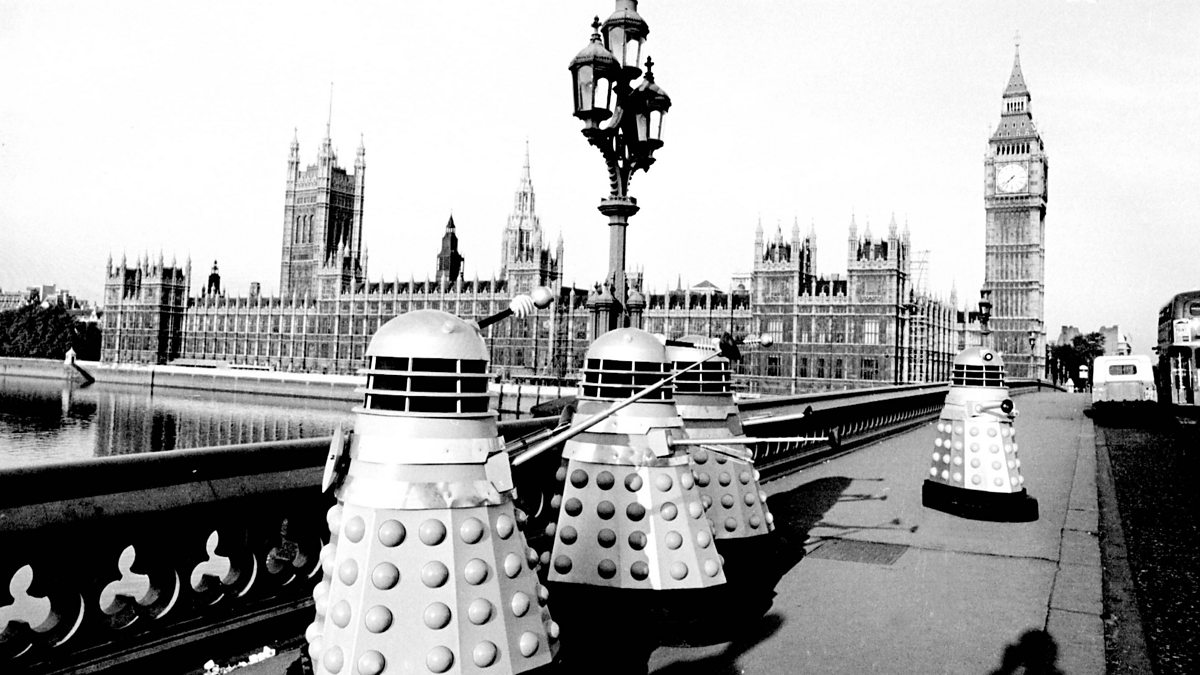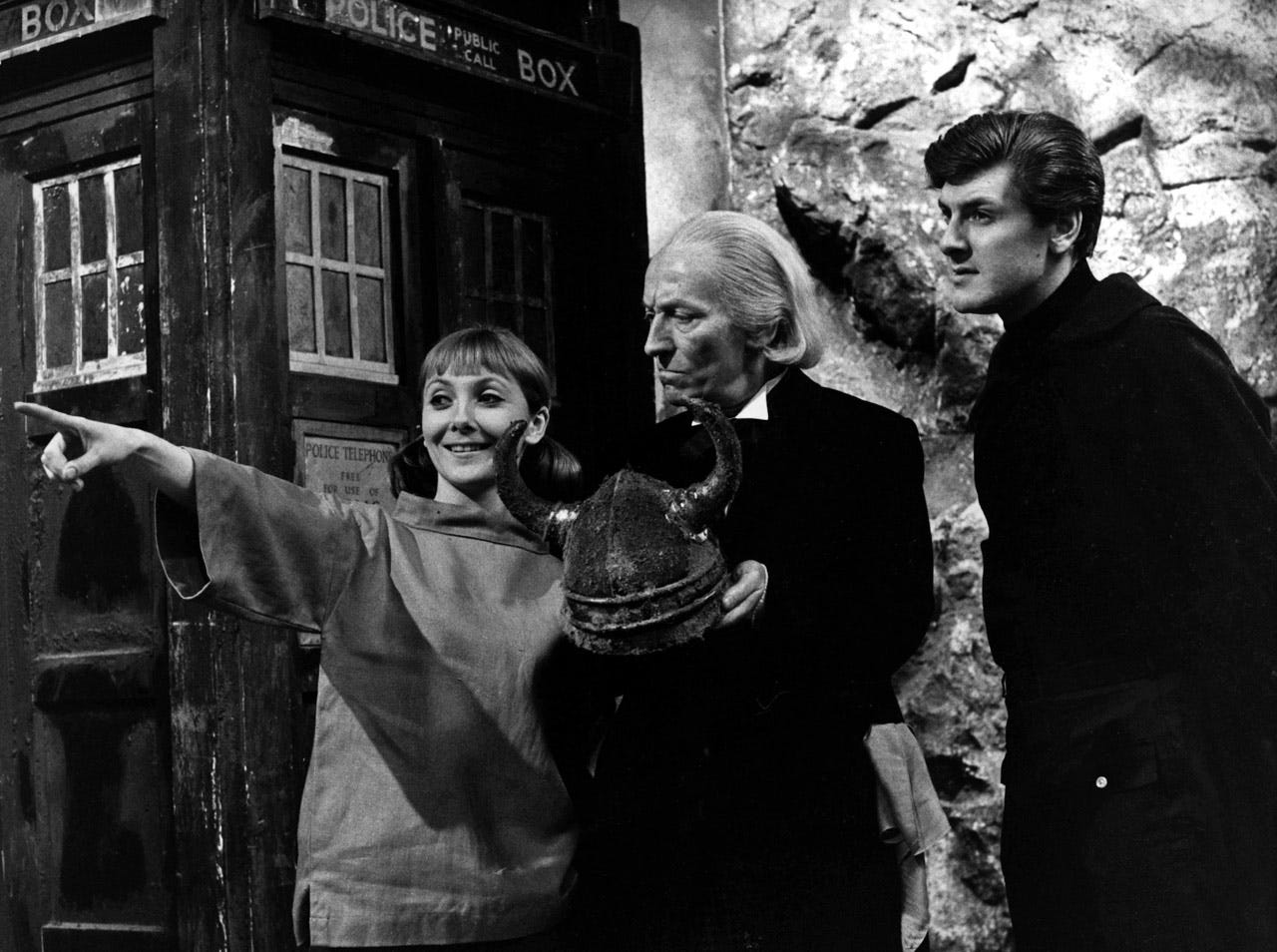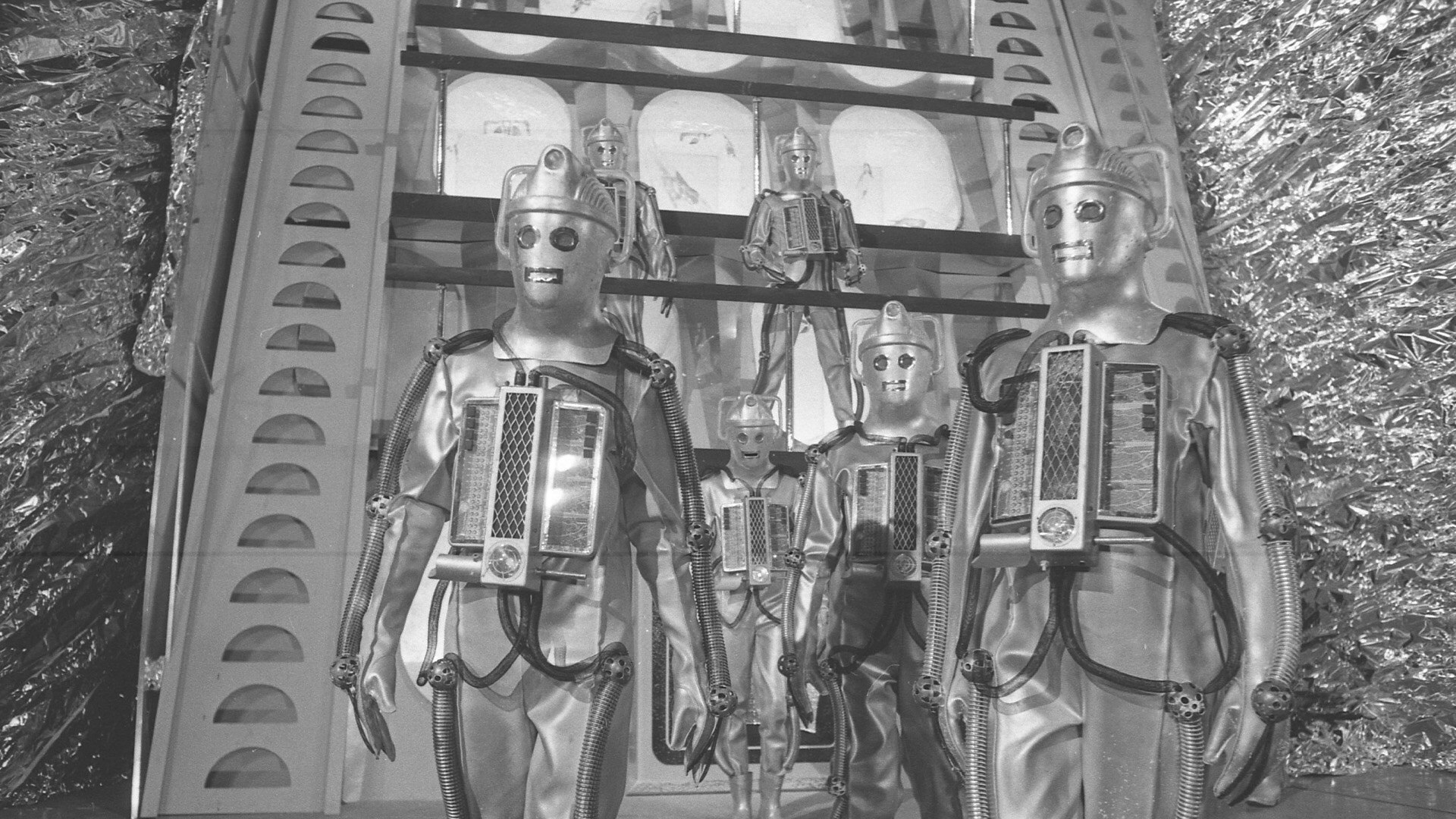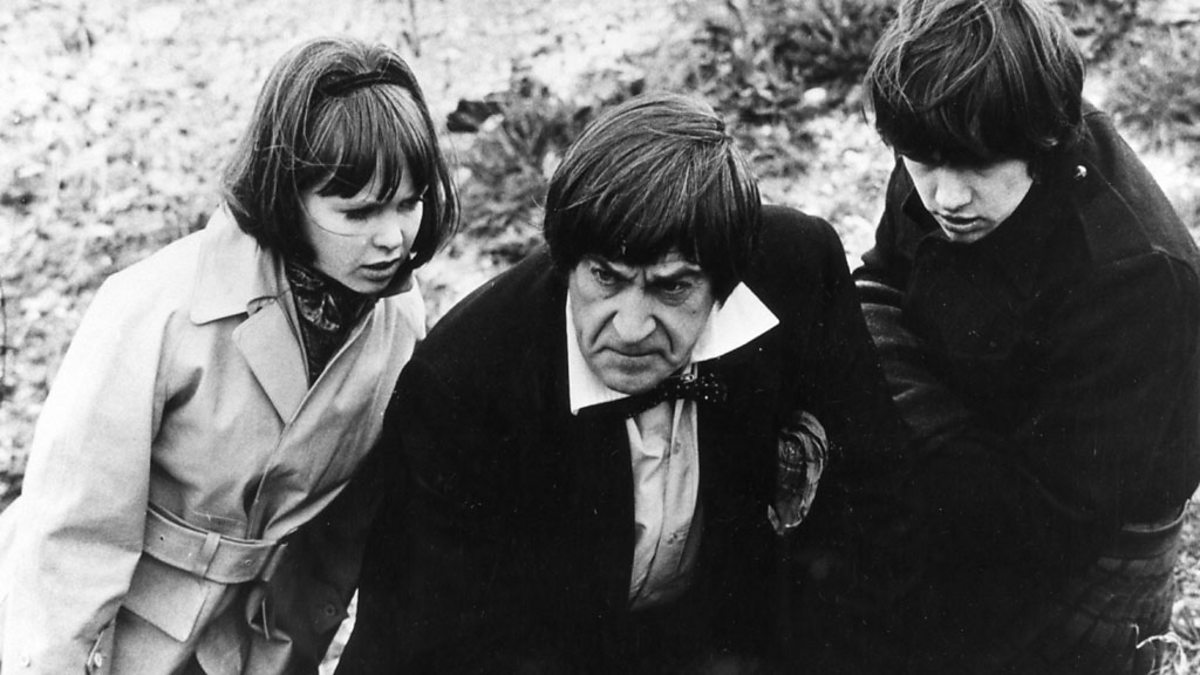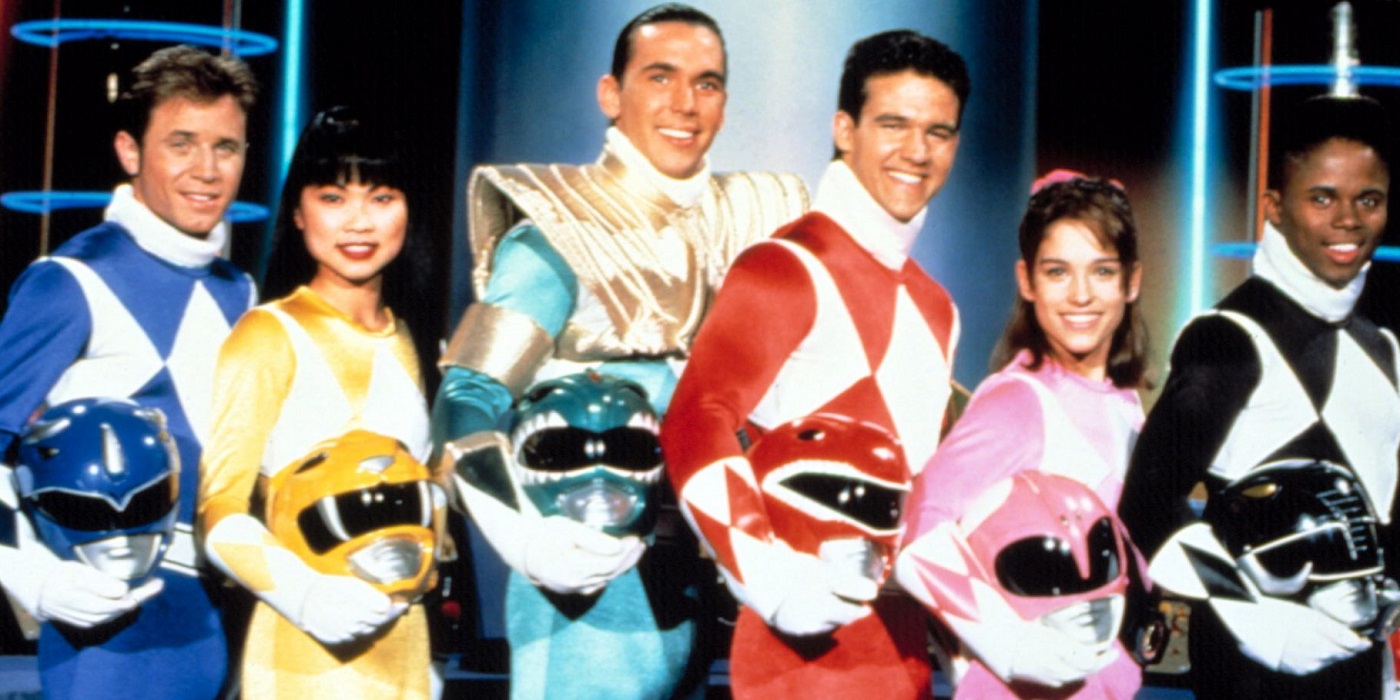Essential Classic ‘Doctor Who’ Episodes the BBC Should Colorize
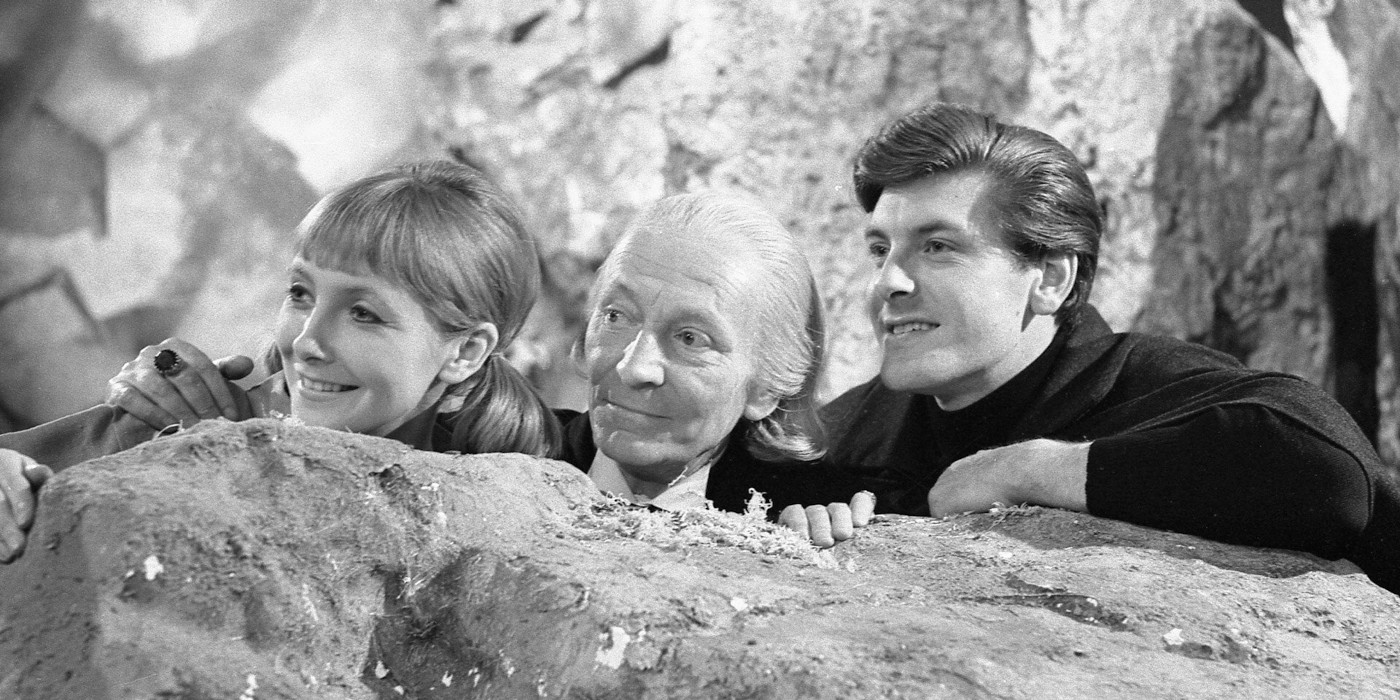
“The Daleks”, the classic Doctor Who episode is getting colorized and re-edited for modern audiences. More episodes deserve the same.
Recently the BBC announced that the second-ever classic Doctor Who story “The Daleks” is getting a new look and a new release. The story, which both introduces the Daleks and their home planet Skaro, is one of the First Doctor’s best. But of course, there are elements that make it less appealing to modern audiences.
Thankfully, in addition to colorization, “The Dalek” also has new added special effects. Most importantly, the story, originally a massive seven-part serial, is being reduced to a tight one-hour and fifteen-minute movie.
Every part of this update marks a necessary change. “The Daleks” is a very good story. Seven, twenty-five minute black and white episodes, however, is a lot even for the biggest Whovians. To say we’re looking forward to this new presentation is an understatement. We’re so excited, we actually think this should be the beginning, not the end, of this process.
The William Hartnell and Patrick Troughton eras of Doctor Who hold a number of diamonds in the rough. We have five in particular that we believe deserve the same treatment as “The Daleks”.
“The Aztecs”
“The Aztecs” sees the TARDIS land in Mexico during the time of the Aztecs. Barbara is mistaken for the resurrected ancient high priest Yetaxa. She uses this mistake in identity to end human sacrifice. This does not go well for anyone.
The four-part serial sees Ian fight the Aztec’s strongest warrior and Susan fend off a marriage proposal. But mostly “The Aztecs” is a story about Barbara’s desperate attempt to bring her modern sensibilities to the Aztecs before an eclipse claims more lives.
This classic Doctor Who story is perfect for a modern re-release. In addition to being a well-told story, it’s also one of the show’s rare purely historical adventures. No aliens here—just an investigation of the past. There are other rarities here too. The Doctor gets a love interest. And the TARDIS leaves without a happy ending.
Adding color to “The Aztecs” is a no-brainer. But the best parts are where the editing can come into play. There’s dodgy miniature work to remove. In addition, a still of an eclipse mars the conclusion. A full animation of a solar eclipse will create a visually striking conclusion.
“The Aztecs” is 98 minutes altogether. Removing openings, cliffhangers, and closing credits takes us down a bit. There are also unnecessary scenes involving the Doctor with his paramour and Susan’s school lessons which can go. And the villains have several exposition scenes that tell rather than show. Plus, the stinger that sets up the next story is both unnecessary and subtracts from the impact of the story’s conclusion.
Altogether, these cuts bring the episode under an hour and a half making it a perfect, historical classic Doctor Who movie.
“The Dalek Invasion of Earth”
“The Dalek Invasion of Earth” is such a good episode of classic Doctor Who that they literally made a Peter Cushing movie out of it. But P. Cush be damned, the original serial deserves a re-release.
The TARDIS lands in London. It’s the year 2164 and the Earth is run by Daleks. The story sees Ian, Barbara, and Susan all go on separate adventures. Along the way, we learn why the Daleks are on Earth. And by the end, the Doctor leaves Susan on Earth with her new boyfriend David. It’s a great adventure.
It is also six episodes. Way too long.
Colorizing “The Dalek Invasion of Earth” makes it feel a little more modern. There are more miniatures to replace and loads of janky Dalek UFOs and effects to update. And the Dalek voices in this one are dreadful. Bring in the current Dalek voice actor Nicholas Briggs and the serial improves by miles.
And there’s so much to edit out of the over two-hour story. There’s a lot of walking around. Susan encounters alligators in the sewer. Ian and Barbara’s adventures go on way longer than they need to. They both learn that humans under Dalek rule are terrible. You can do that in an hour and a half easily.
“The Dalek Invasion of Earth” is a dark, adult tale with profound and emotional consequences. It’s just padded there and back again. Trim the fat, fix the janky effects (maybe cut the Slyther entirely) and you get another classic episode perfect for modern audiences.
“The Time Meddler”
The modern series seems to focus only on two Timelords: the Doctor and the Master. But in classic Doctor Who there are other renegade Timelords out there. And the very first one we meet is in “The Time Meddler”.
The Doctor, Vicki, and Steven land in Northumbria in 1066, just before the Battle of Hastings. This is when William of Normandy and the Vikings topple the Saxons. Or it should be. Someone’s meddling with the course of history for their own gains: a Timelord who goes by “the Monk”.
This is an excellent story because it shows how easily time travel can be used for personal gain. And the Monk makes for a fun counterpart to the Doctor long before the Master ever appears.
But the best part of “The Time Meddler” is how easy it is to cut down. It’s a four-part serial, but a lot of that involves Vicki and Steven perpetually one step behind the Doctor. There’s a lot of getting lost that’s easy to cut. Plus, the entire opening where Vicki explains the TARDIS to Steven is totally unnecessary. “The Time Meddler” is good at about an hour and a half, but it’s much stronger cut down to about an hour if that.
It’s also worth noting that, with the Celestial Toymaker returning, this is a perfect time to see the Monk return to Doctor Who as well. All the more reason to give his first (and currently only) story a fresh coat of paint and an edit.
“The Tomb of the Cybermen”
Much of the Patrick Troughton era of classic Doctor Who is lost to time. Thankfully, several of his most riveting adventures remain completely intact. And one of his best stories is also one of the best for a classic villain as well: “The Tomb of the Cybermen”.
The Doctor, Jamie, and Victoria land on the planet TELOS where an expedition is exploring a mysterious Cybermen tomb. Among the team are representatives from the Brotherhood of Logicians who want to awaken the Cybermen in the tomb and use them for conquest. It goes badly for them!
“The Tomb of the Cybermen” is a great story. It’s scary, it’s wondrous, and it sets up elements of the Whoniverse we still see to this day. But there’s also an awful lot of dithering in that tomb. The Cybermen get frozen and unfrozen a few too many times. Really all that matters is that the real villain, once again, is man.
Is it possible to remove some of the racist and sexist statements from the episode? Maybe. But some of it is woven into the plot in such a way that it kind of has to stay. As such, I recommend a statement at the start of the episode acknowledging these inappropriate elements.
On the plus side, “The Tomb of the Cybermen” does an excellent job of making the Cybermen scary. And there’s wonderful comedy between the Doctor and Jamie. Edit down some of the repetitious bits, and you get a thrilling introduction to the Cyber Controller and Cybermats.
“The War Games”
The Doctor, Jamie, and Zoe find themselves in the middle of a battleground. But what war is this? And why are there warriors from different time periods fighting different wars seemingly all in the same place and time? The answer comes in the form of the War Master, yet another member of the Timelords.
“The War Games” is one of the most important episodes of classic Doctor Who. This is the moment we meet the Timelords and get their name for the first time. This is the final story for the Second Doctor as well as Jamie and Zoe. It’s also the final black-and-white episode.
And it’s ten episodes long. TEN. As with many classic Doctor Who stories, a lot of the length is padding. The Doctor is in trouble! The Doctor gets away! Oh no, the Doctor is in the exact same trouble again! Never mind, he’s free via slightly different means! None of this is necessary to the story.
However, “The War Games” is about as close as we get to a Time War movie. There are no Daleks, but the villainous War Master does pit a lot of humans against each other. How do you build the perfect army if not through trial by combat? It’s a monstrous and inhumane tale that reveals how evil a Timelord can be.
Even the good Timelords are pretty bad! They erase Jamie and Zoe’s memories! They force the Doctor to regenerate! And then they exile the Doctor to Earth indefinitely. Just the final moments of “The War Games” alone represent the best, most foundational elements of classic Doctor Who.
If ever there’s space for a full two-hour Doctor Who movie, it’s through a re-edit of “The War Games”.

